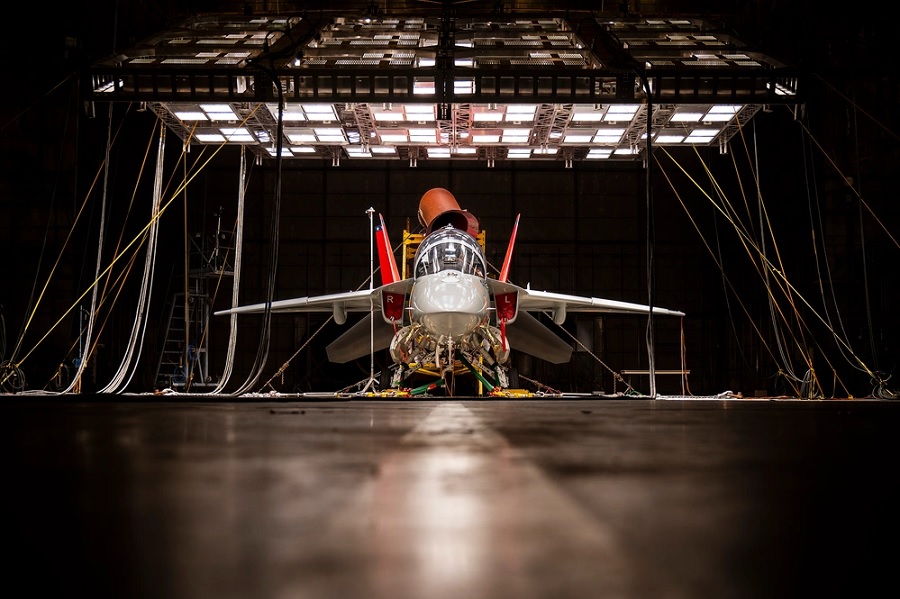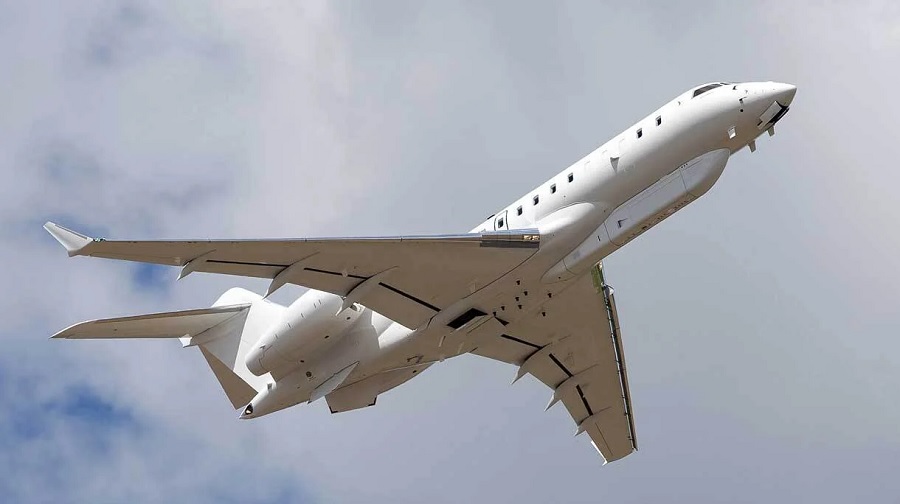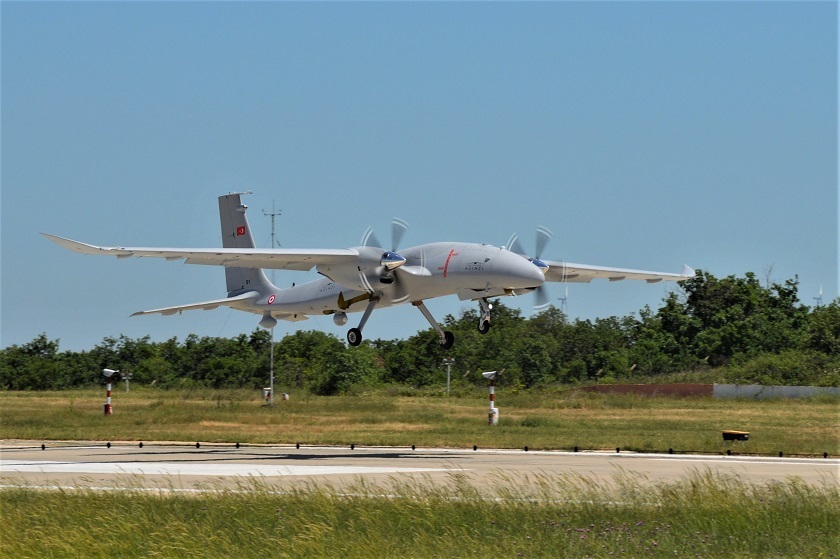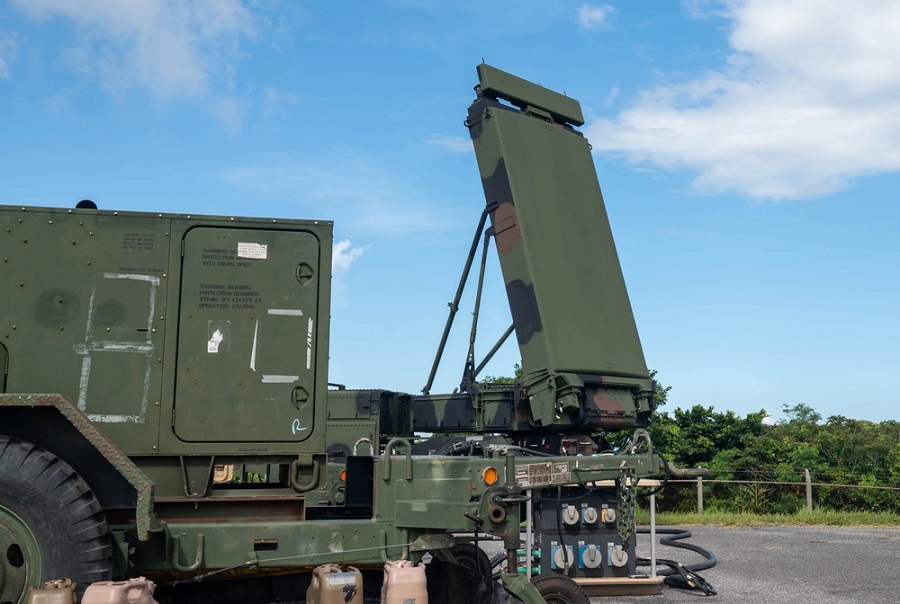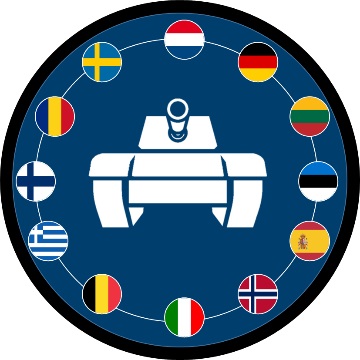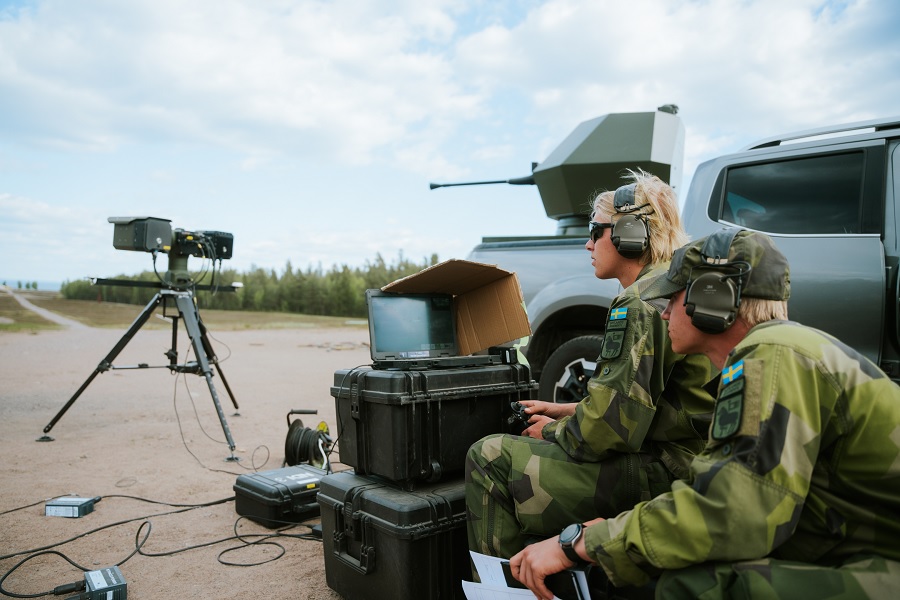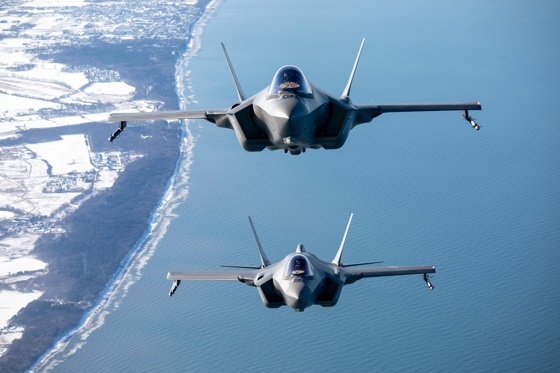What does Cognitive Warfare really mean?
Cognitive, deriving from cognition, is the mental action or process of understanding, encompassing all aspects of intellectual function, including the sub-conscious and emotional aspects that drive a majority of human decision-making. Warfare, as the “experience” of war, originally referred to common activities and characteristics of armed conflict between states, governments, or entities. In the modern landscape, there is less clarity on stakeholders, as varying degrees of organizational, cultural, and social involvement are becoming more commonplace, as well as proxy extension of national interest.
Together, these two words paint a definition of Cognitive Warfare: the activities conducted in synchronization with other instruments of power, to affect attitudes and behaviours by influencing, protecting, and/or disrupting individual and group cognitions to gain an advantage. These activities vary greatly, and may encompass supporting or conflicting cultural or personalized components – social psychology, Game Theory, and ethics are all contributing factors. However, activities of modern warfare do not necessarily carry a kinetic component or directly tangible outcomes, such as territorial or resource acquisition – as with other hybrid threats, our adversaries conduct Cognitive Warfare throughout the continuum of conflict, and aim to stay in the ‘Gray Zone’ below the threshold of armed conflict.
An ongoing example: Russia launched a kinetic, military invasion of Ukraine, reinforced with non-kinetic activities such as targeted propaganda, disinformation campaigns, and support from its partners. Some of these non-kinetic, Cognitive Warfare activities are obvious and direct: receivers of Russian aligned disinformation experience deterioration in their ability to identify fact from fiction, decaying their mental resilience, and with potential long-term impact, such as loss of trust in media.
Other instances are not as clear: China leverages official and party-aligned influence to manipulate and control their domestic information environment, which results in cognitive biases development. A secondary effect presents: other nation’s citizens also develop cognitive biases towards Chinese mainland citizens and their collective disconnect with external information, which produces two fundamentally opposed perceptions of reality. This form of “us vs. them” polarization can lead to increasing marginalization and exclusion of populations, as well as emotional exploitation, which contributes to China’s Cognitive Warfare strategy.
Cognitive Warfare integrates cyber, information, psychological, and social engineering capabilities. These activities, conducted in synchronization with other Instruments of Power, can affect attitudes and behaviour by influencing, protecting, or disrupting individual and group cognition to gain advantage over an adversary. Multidisciplinary experts at Allied Command Transformation are developing concepts aimed at protecting the Alliance against the threat of Cognitive Warfare – NATO will Educate, Collaborate, Protect, and Shape to equip nations to protect their core democratic values.







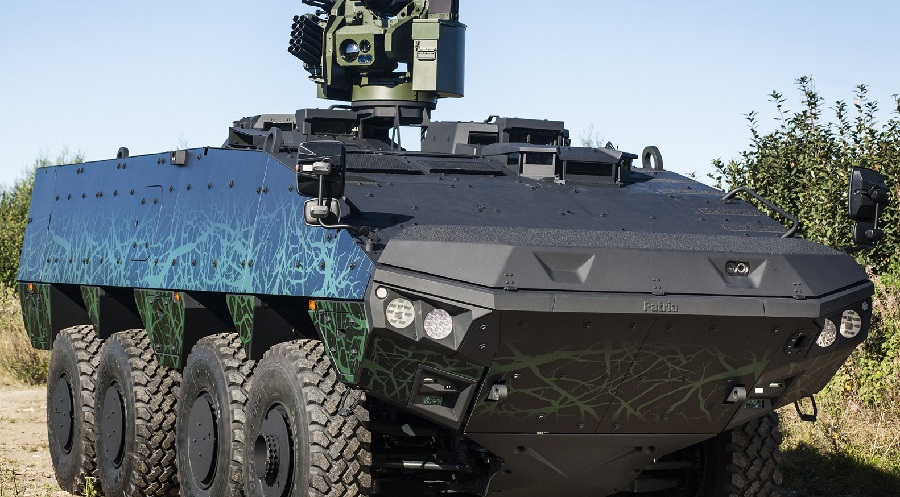



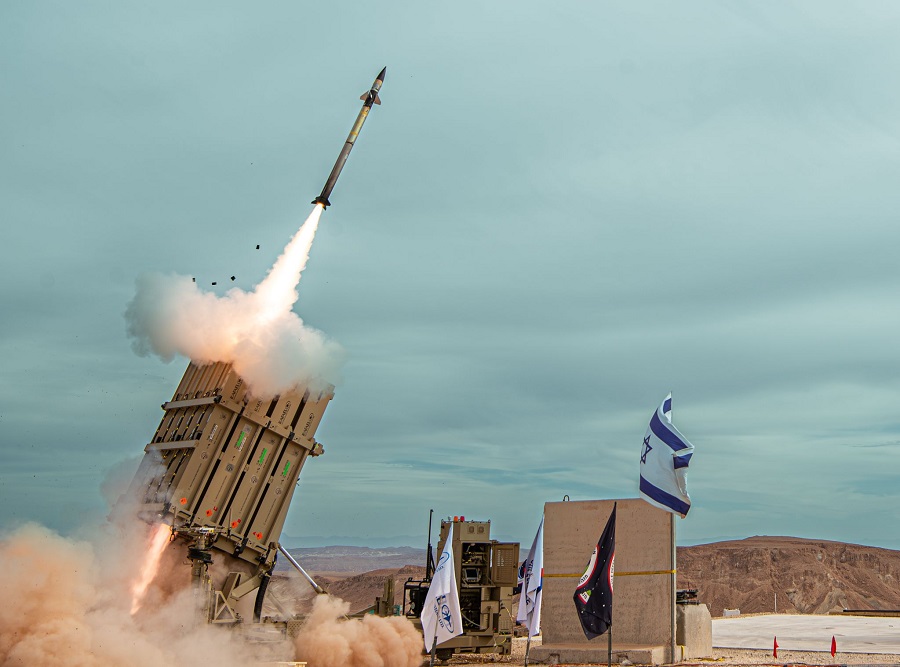
![MightyFly demonstrates autonomous cargo flight capabilities to U.S. Air Force [VIDEO]](https://defence-industry.eu/wp-content/uploads/2025/07/MightyFly-demonstrates-autonomous-cargo-flight-capabilities-to-U.S.-Air-Force-VIDEO.jpg)
